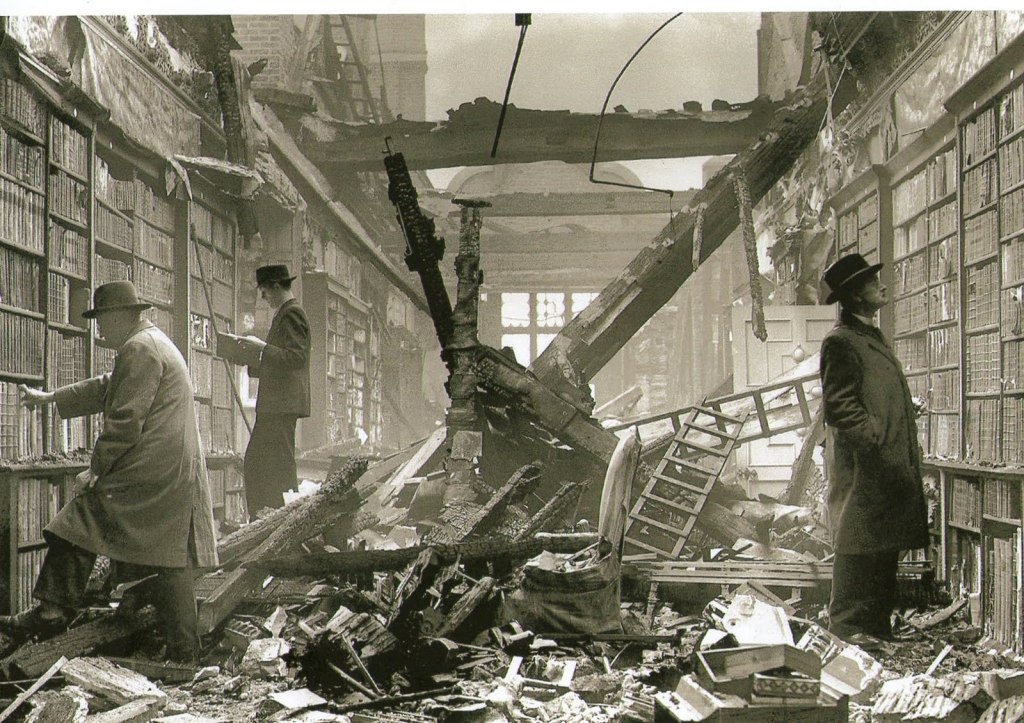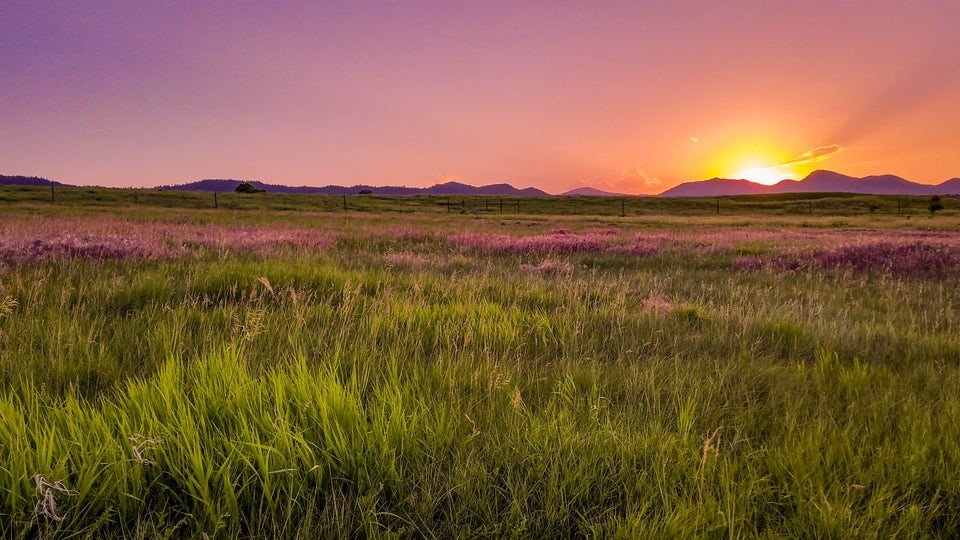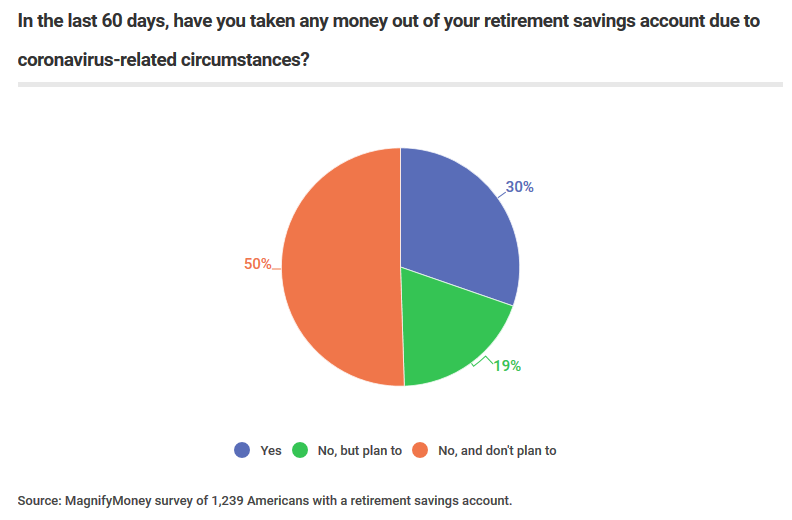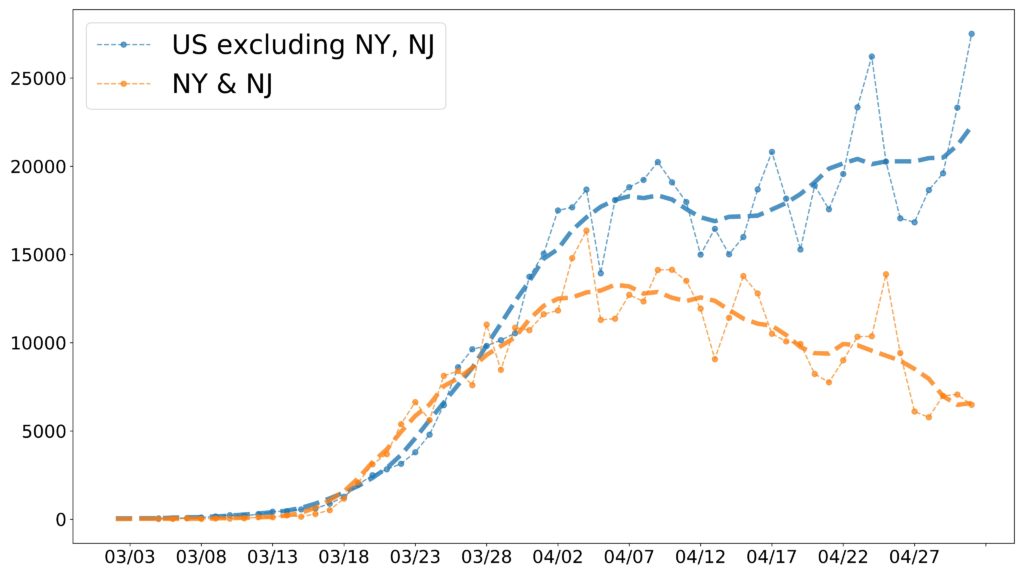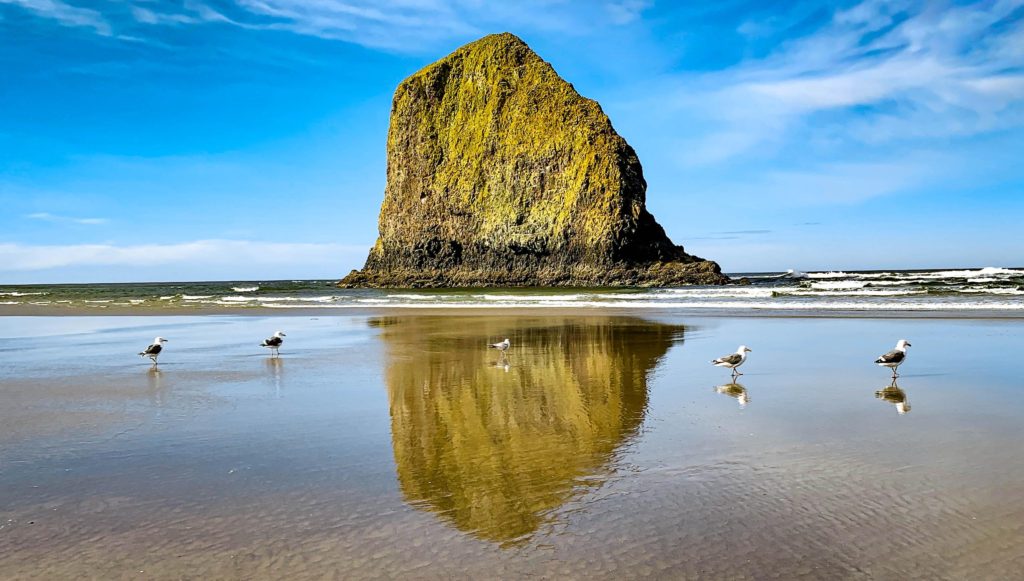The Daily Escape:
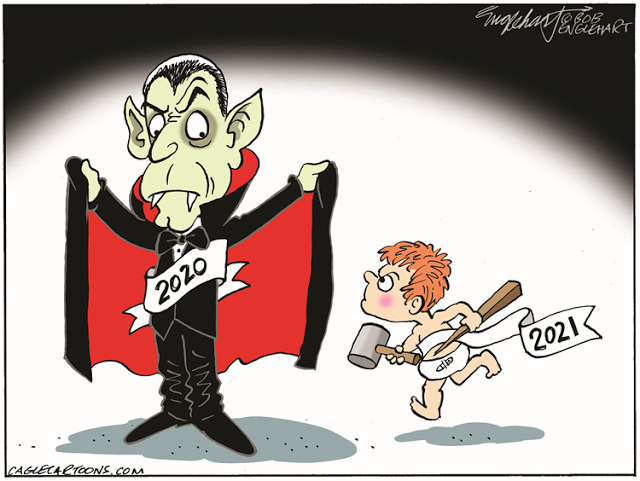
Somehow, we’ve made it to the last day of 2020. This year was awful. Even if you escaped unscathed, you would have to be a sociopath not to feel heartache for the tens of millions of people who didn’t escape: People who lost spouses, parents, and friends. People who lost their jobs, or their homes. People who couldn’t be at the bedside of a dying loved one, or share the mourning of their dead together.
You will see plenty of year-end reviews, so Wrongo will leave that to others. But let’s call out a few conclusions from 2020:
- Our politicians failed us. We can never forgive the mismanagement of the national (or most state’s) responses to the virus. We also should never forgive the deliberately lax attitudes of many of our fellow citizens to physically distancing or wearing masks. We will never forgive Trump for his willful and obstinate refusal to even pretend to care about the Americans who were dying every day. Or, forgive Jared Kushner’s callous desire to keep the economy open in order to help Trump’s opinion polls and campaign because, at that time, only people in the blue states were dying. We should never forgive governors, Congresspersons and pundits who were mask-deniers or who said the Covid deaths were the price of keeping our economy and stock market on track.
- Teachers are really important. We learned quickly that parents teaching at home were an imperfect substitute for professional instruction. In many cases, parents were also a full-time employee of someone else. There are yard signs everywhere in America’s suburbs thanking and celebrating school teachers. Will this lead to better pay and more resources directed to public education? Let’s hope so.
- Apparently, people really don’t like spending their mornings and afternoons stuck in traffic. Work from home mushroomed. It appears to be yet another privilege that will accrue to white collar workers. There will be many more remote workers, maybe triple or quadruple the number there was before the pandemic. But, more than half the workforce has little or no opportunity for remote work. Many of those jobs are low wage, and more at risk for automation and digitization. Remote work will accelerate social and income inequalities.
- Our divergent perceptions and beliefs about reality drove a deep wedge into our social fabric. 2020 saw facts and conspiracy theories about those facts fracture our social cohesion. “Hoax” should be the word of the year, because it describes the reaction by Trumpists to his election loss, and to the pandemic. The pandemic showed us how important it is that a critical mass of people accept a shared reality, allowing them to cooperate to solve nation-wide problems. Nurses and doctors worked shift after shift, putting themselves and their loved ones at risk, witnessing gruesome deaths, while watching as many of their neighbors went about their lives, ranting about how they were the ones who were being imposed upon.
- 2020 was the year that voters toppled the greatest threat to our nation. Turning out more people to vote against the president-strongman than had ever voted against any president in American history. Turning out large enough numbers to ensure the victory was clear, so that it thwarted Trump’s and the GOP’s attempt to overturn our democracy.
- Americans seem to be very optimistic about 2021. Axios and Survey Monkey conducted an online poll last week that found 73% of Americans more hopeful about their future in 2021:
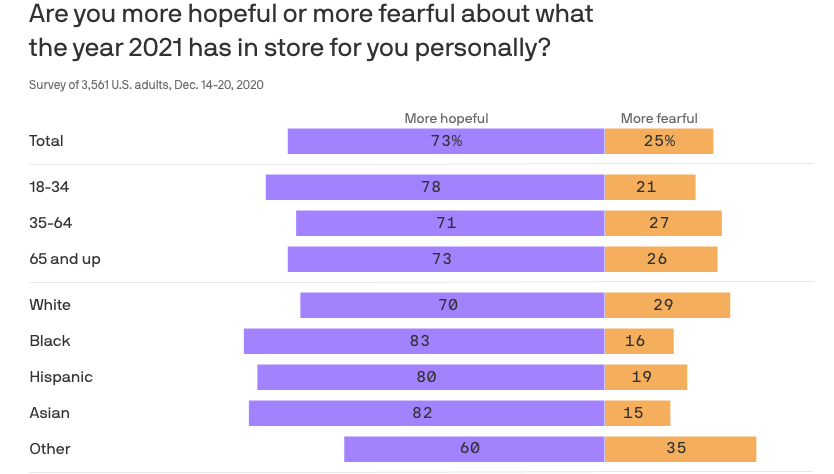
The only group that wasn’t optimistic about 2021 was Republicans: 41% said they were more hopeful, while 58% said they were more fearful. More demonstration of America’s failing social cohesion!
Let’s remember that unpredictable things will continue to happen: a year ago, “coronavirus” was a crossword puzzle clue, “wear a mask” was a Halloween suggestion, social distancing was for introverts.
We will drag the wreckage of 2020 along with us into the New Year. The first weeks of 2021 will be dark and stormy because of both our fractured politics and the pandemic. There will be no magical cure for these self-inflicted wounds to our society. We can see this, and have a very clear-eyed view of what comes next. But we can also be optimistic.
2021 will not be worse than 2020. In most ways, it will be better.
Can we learn from the past four years? Can we learn from last year? Will a better year bring an opportunity to foster more togetherness? Will we be able to start to rebuild trust and cooperation among our fellow citizens?
Here’s Wrongo’s hope that we can do all of these things. We’ll be here, trying to figure it all out right along with you.
Happy New Year.


